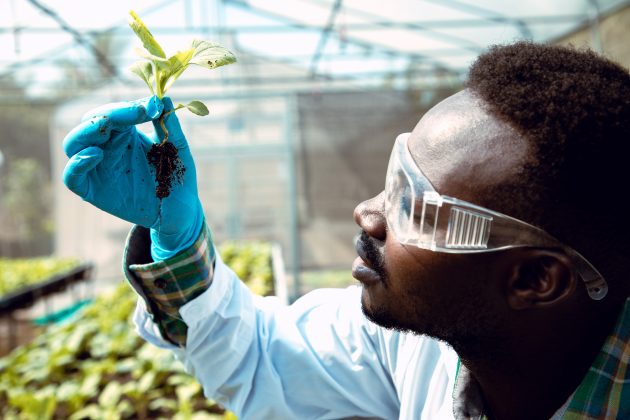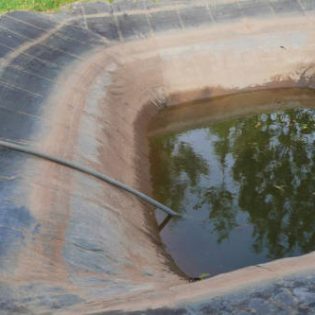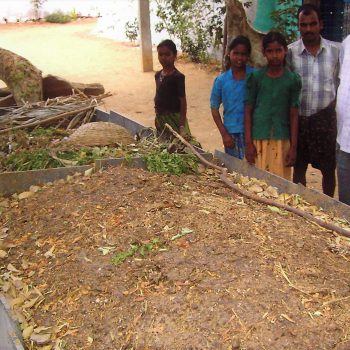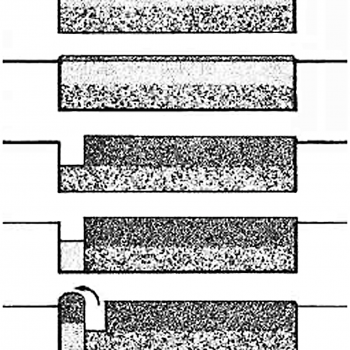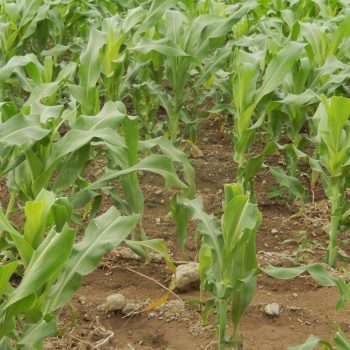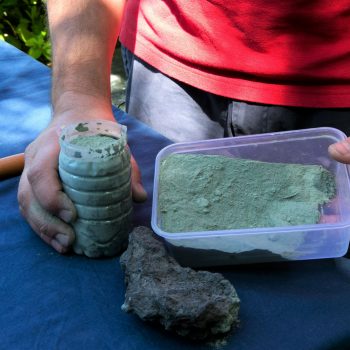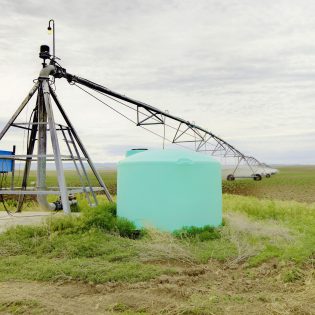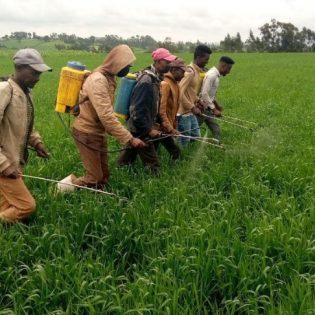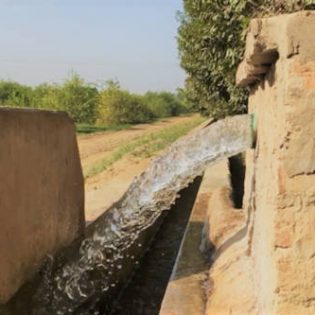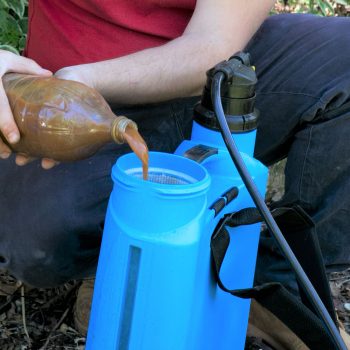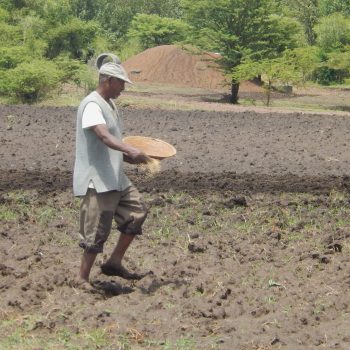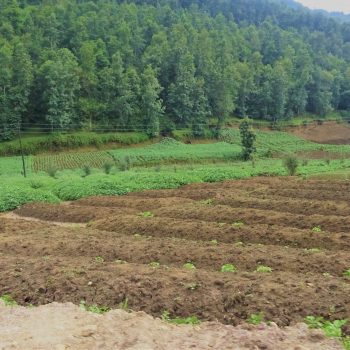Despite global pesticide use of 2.5 million tonnes every year, production losses as a consequence of plant pests remain in the order of 20-40% (FAO 2011). Oerke (2006) estimates total losses* of 28% for wheat, 37% for rice and 31% for maize. Conventional pesticides are strongly associated with environmental degradation and health hazards. This is due to pesticide toxicity, non-biodegradability, the impreciseness of some formulations, and leaching and other losses during application. This combination of side effects and low efficiency is the imperative for rethinking conventional pesticide use, the aim being to halve current losses. Breakthroughs in pesticide control are expected in the field of nanotechnology. Nanotechnology refers to a range of techniques for manipulating materials, organisms and systems at a scale of 100 nano meters or less. Nano pesticides contain nanoscale chemical substances. The theoretical advantages are: 1) increased efficacy, stability or dissolvability in water as compared to larger-scale molecules of the same chemical substances and 2) controlled release of pesticides due to the nanoencapsulation of pesticide substances. Some smart pesticides can release their active ingredient only when inhaled by insects (Kuzma and VerHage, 2006). Nano pesticides are also better combined with genetically engineered insecticide-producing crops and genetically engineered herbicide tolerant crops. Nano pesticides are still in the experimental stage: one issue to be resolved is precautionary concerns on the release of the particles in a larger environment.
| References: | FAO (Food and Agriculture Organization of the United Nations), 2011. Looking ahead in world food and agriculture: perspective to 2050. Conforti, P. (ed.). Food and Agriculture Organization of the United Nations, Rome, Italy.
Kuzma, J., VerHage, P., 2006. Nanotechnology in Agriculture and Food Production: Anticipated Applications. Woodrow Wilson International Centre for Scholars, Project on Emerging Nanotechnologies Oerke, E.C., 2006. “Crop losses to pests”. Journal of Agricultural Science 144, 31-43 |
| Additional sources | Borgia, C., Evers, J., Kool, M., & van Steenbergen, F. (2014). Co-Optimizing Solutions: Water and Energy for food, feed and fiber. World Business Council for Sustainable Development. |
Additional information
| Agriculture | Flood/spate irrigated, Irrigated, Rainfed (Crop) |
|---|
